 Petzlover
Petzlover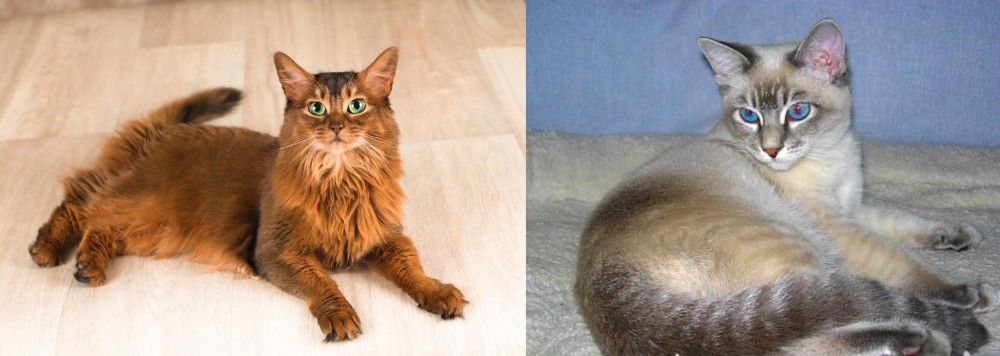 Both Somali and Tiger Cat are originated from United States. Both Somali and Tiger Cat are having almost same weight. Somali may live 5 years less than Tiger Cat. Both Somali and Tiger Cat has same litter size. Both Somali and Tiger Cat requires Moderate Maintenance.
Both Somali and Tiger Cat are originated from United States. Both Somali and Tiger Cat are having almost same weight. Somali may live 5 years less than Tiger Cat. Both Somali and Tiger Cat has same litter size. Both Somali and Tiger Cat requires Moderate Maintenance.
 The Somali is a medium- to longhaired Abyssinian. It was in Britain that the original introduction of the longhaired gene took place.
The Somali is a medium- to longhaired Abyssinian. It was in Britain that the original introduction of the longhaired gene took place.
The first Somali cats came about in 1940 and it was British breeder Janet Robertson who exported some of her Abyssinian kittens to New Zealand, Australia and North America, Australia. Most of the kittens had long hair and breeders started showing an interest.
An American Abyssinian breeder Evelyn Mague decided to call her cats Somalis and the breed was recognized internationally by 1991.
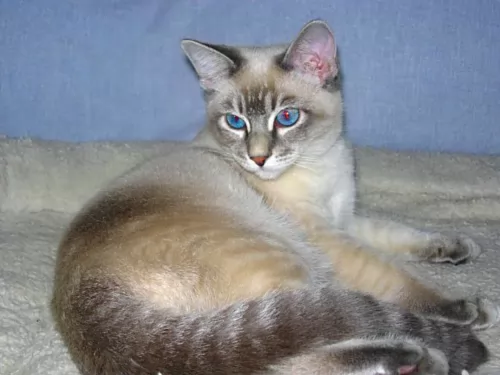 The Tiger cat isn’t actually one breed as such, as it certainly isn’t a combination cat from a mating between a Tiger and a domestic cat as that is just plain impossible.
The Tiger cat isn’t actually one breed as such, as it certainly isn’t a combination cat from a mating between a Tiger and a domestic cat as that is just plain impossible.
Tiger cats are simply certain cat breeds that have patterns that make them look similar to the big, wild Tiger of India.
It is thought that striped tabby cats are Tiger cats. Tabby cats are often called Tiger cats because of their striped fur pattern. These tabby cats aren’t a breed either but rather a cat with a certain pattern.
The Tiger Cat can actually be any of a pure-bred cat breeds you get and this could be American Shorthairs, American Bobtails and Maine Coon cats.
 The beautiful Somali is a medium-sized cat which means he weighs in the region of 3 to 6kg. He is muscular and lean with the ears being set wide apart.
The beautiful Somali is a medium-sized cat which means he weighs in the region of 3 to 6kg. He is muscular and lean with the ears being set wide apart.
The ears are also tufted. The eyes of the Somali are almond-shaped and are usually a brown shade or green in color. The legs are long and the paws are also somewhat tufted. The tail is well plumed.
The Somali's coat is lovely and soft, while being thick and lustrous. The adult cats have a ruff. The Somali's coat comes in a range of colors but the most regular color is a beautiful brownish color with black ticking.
The Somali is an intelligent cat that relies heavily on its human owners for company as well as love and care.
They’re fun-loving cats that get on well with children in the home and from other pets. They are active cats and will need exercise. They should have some high perches and cat trees available so they can jump and climb.
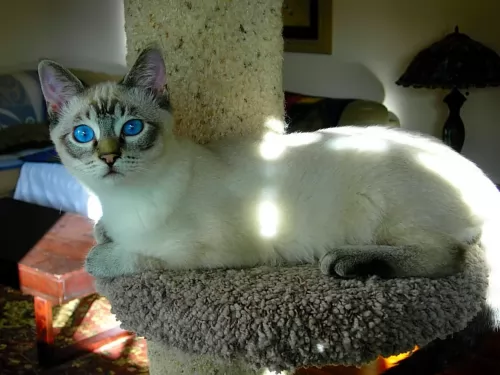 Just some of the cats out there that look like Tiger cats are the Bengal, the Savannah cat, the Toyger, Bombay, and Abyssinian.
Just some of the cats out there that look like Tiger cats are the Bengal, the Savannah cat, the Toyger, Bombay, and Abyssinian.
Some of these cats are larger than the others. The Toyger is the perfect example of these domesticated Tiger-like cats. It’s a cat that is a mix between a Bengal and an ordinary cat from India.
They can be fairly large these cats and weigh anything between 4 and 7kg, possibly more. It looks like a Tiger – the whole purpose of breeding them in the first place.
The coat is short and thick with orange and gold tones and black stripes. They come in in red, brown, or grey shades but the coat is always striped.
Because tiger cats are actually tiger-striped tabbies, they come with the typical Tabby cat personality.
Sometimes they can be aloof and mysterious but most times they are social and friendly. They thrive on the attention they get from their human family,
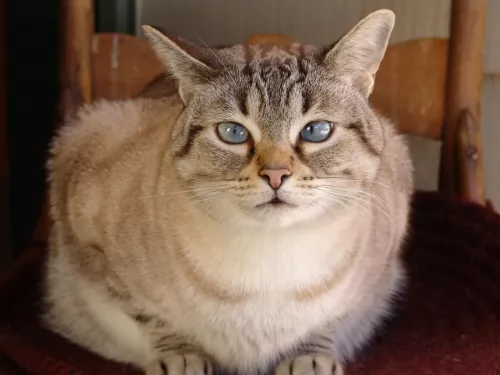 The Tiger cat, just like any other cat, wants to have a good home where he is loved and cared for. Because the Tiger cat is describing a coat and not an actual cat breed, the Tiger cat can come with many different kinds of personalities. He can be lively and vocal or quiet and shy. Many pets turn out with personalities similar to their owners.
The Tiger cat, just like any other cat, wants to have a good home where he is loved and cared for. Because the Tiger cat is describing a coat and not an actual cat breed, the Tiger cat can come with many different kinds of personalities. He can be lively and vocal or quiet and shy. Many pets turn out with personalities similar to their owners.
If you decide to take in a Tiger cat, it is your duty as a responsible pet owner to ensure his wellbeing and happiness.
 Although the Somali cat breed is healthy, as with many other cat breeds, there are a few hereditary diseases found in the Abyssinian that may be linked to this breed too. Look out for eye problems with the cat as well as anaemia.
Although the Somali cat breed is healthy, as with many other cat breeds, there are a few hereditary diseases found in the Abyssinian that may be linked to this breed too. Look out for eye problems with the cat as well as anaemia.
Progressive retinal atrophy (PRA) is a degenerative disorder of the retina. This eye disease can either be inherited or acquired.
When a cat gets sick there are some antibiotics that have been associated with progressive retinal atrophy in cats. Cats can also develop vision loss if their diet is deficient.
You have to be very aware of your cat’s diet and ensure that he is getting all the right ingredients, one of which is amino acid taurine. If you can see that your cat is battling to see, you should get him immediately to the vet.even though there is no treatment for PRA. . The vet will explain to you how to make life more comfortable for your pet.
Anemia isn’t a specific disease with your cat but rather the result of some other disease or condition. The most common sign that your cat has anemia is that you won’t find that normal pink color of the gums. Your cat will be listless and there may also be signs of blood loss such as blood in the feces or urine. Your vet will do several tests to diagnose the anemia.
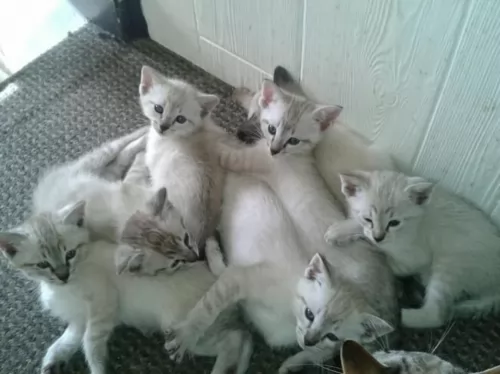 As a pet owner, you have to be able to recognize the signs of an animal that is sick. If your cat persists with his problems, you will need to get him to the vet so that the vet can conduct a careful examination to get to the root of the problem.
As a pet owner, you have to be able to recognize the signs of an animal that is sick. If your cat persists with his problems, you will need to get him to the vet so that the vet can conduct a careful examination to get to the root of the problem.
Did you know there are several cat vaccinations your cat must have to avoid some of the deadly cat diseases there are?
Some of the common cat diseases to look out for are diabetes, hyperthyroidism, bladder infection and eye problems.
 Cats can sometimes be finicky eaters and even the most delectable morsels might be ignored.
Cats can sometimes be finicky eaters and even the most delectable morsels might be ignored.
Every cat is unique but every cat is a carnivore – a meat eater – and requires a host of nutrients in their food to be healthy. Commercial cat foods aren’t all one and the same. You get different food for kittens, different foods for young adults, for pregnant cats, for energetic cats, and so on.
There is cat food for every season of a cat’s life. Other important considerations are feeding the right quantity of food to your cat.
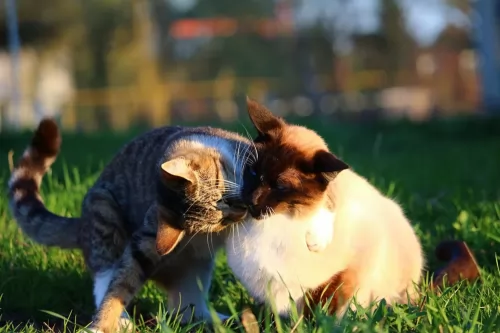 Cats are fairly easy pets to care for and they are able to adapt to different lifestyles and environments too.
Cats are fairly easy pets to care for and they are able to adapt to different lifestyles and environments too.
Before you bring a cat into your home, make sure that you have everything ready to welcome your pet. These are things such as food and water bowls, a soft bed, litter box, toys, a brush, scratching post as well as other cat accessories to make his life comfortable.